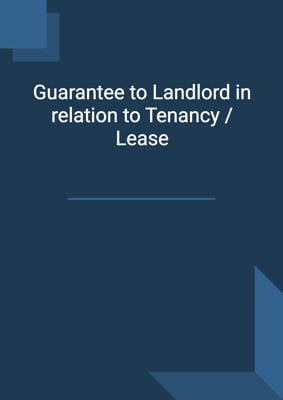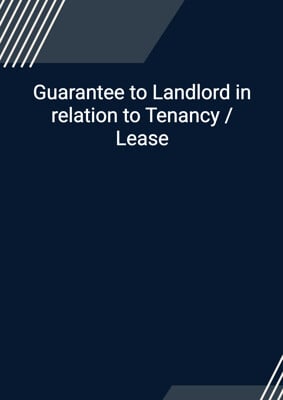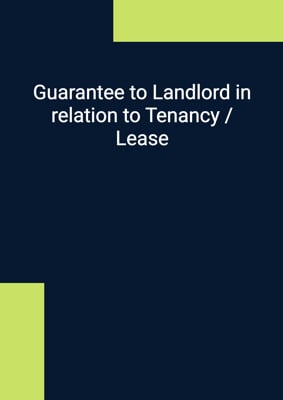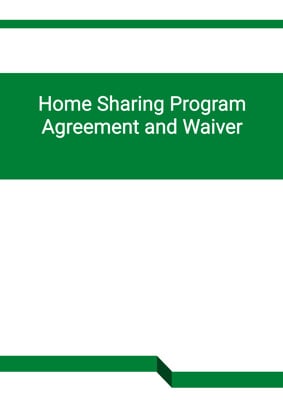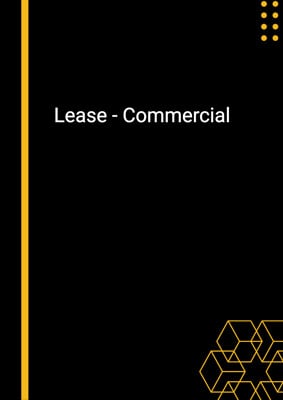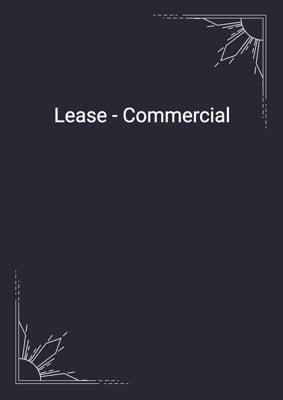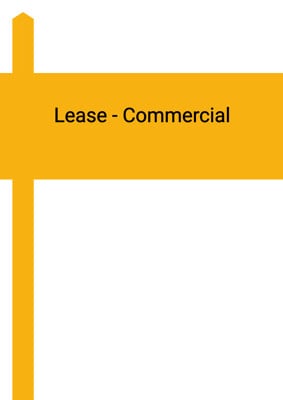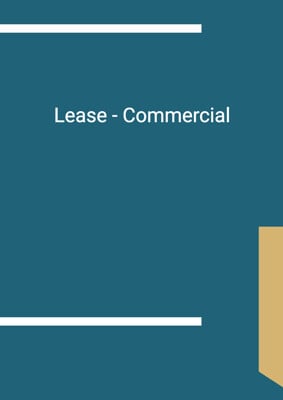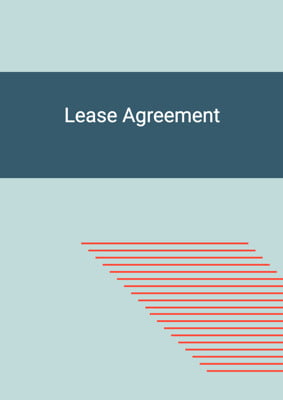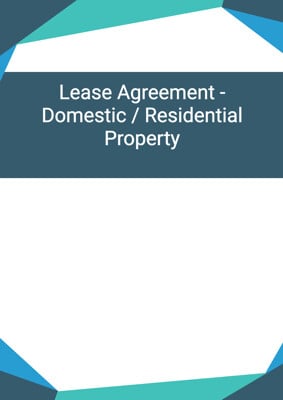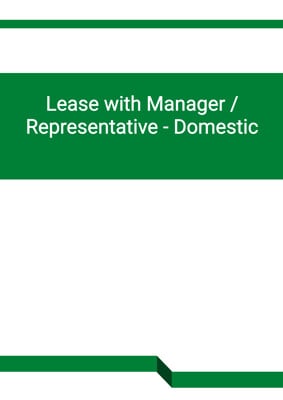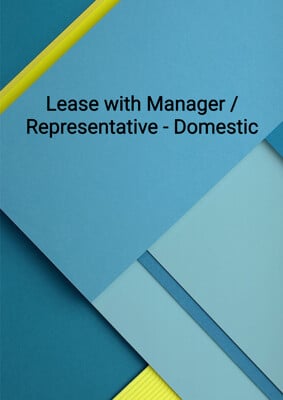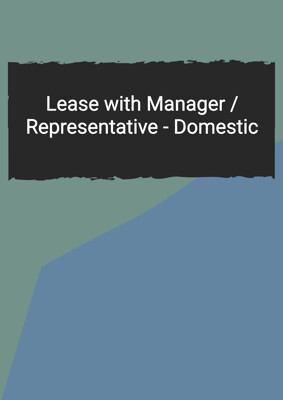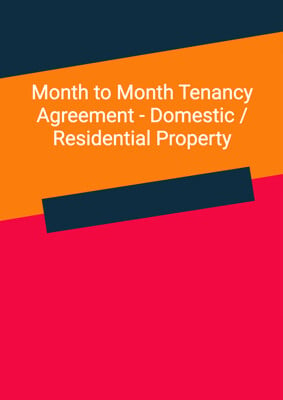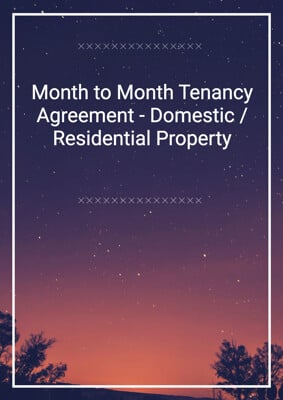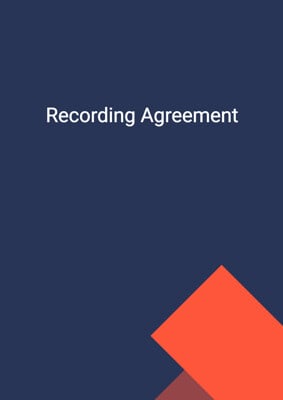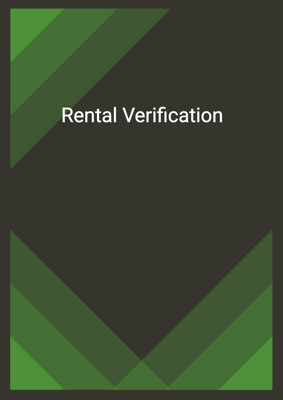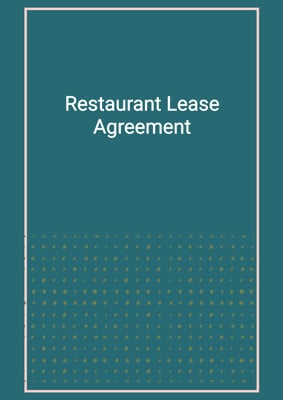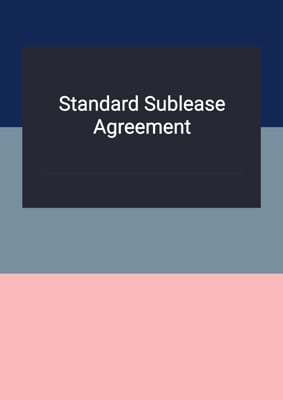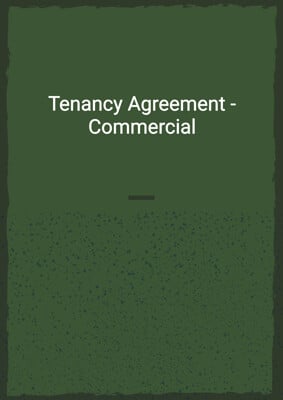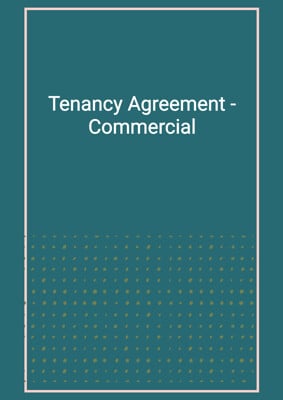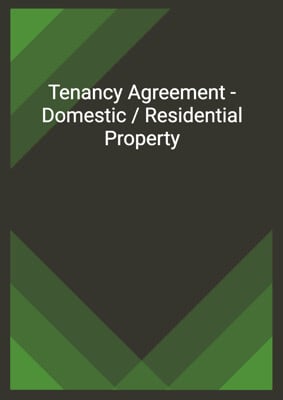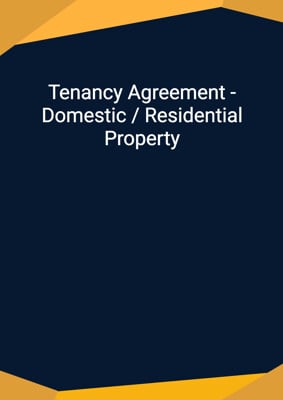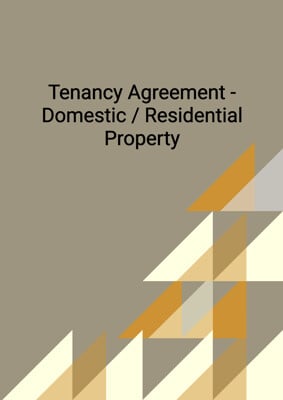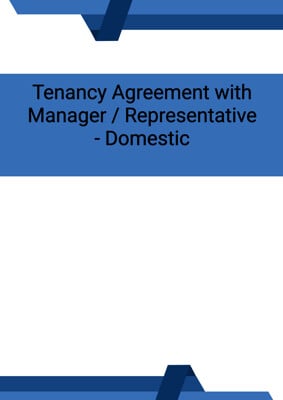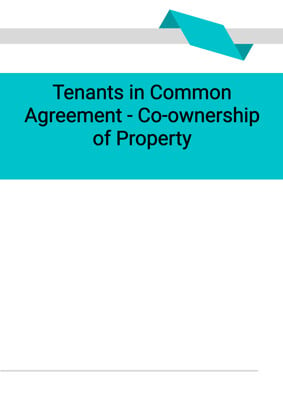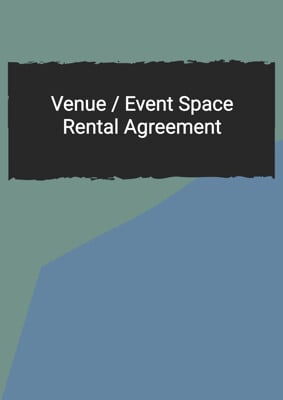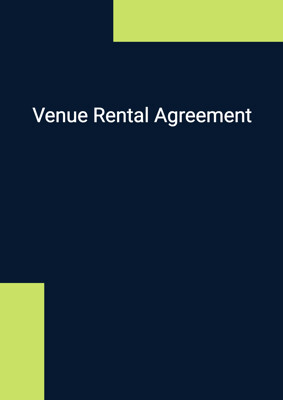How to Tailor the Document for Your Need?
01
Create Document
Fill in the details of the parties. You can click the "Fill with Member’s Information" button to complete it with information saved to your account.
02
Fill Information
Please fill in any additional information by following the step-by-step guide on the left hand side of the preview document and click the "Next" button.
03
Get Document
When you are done, click the "Get Document" button and you can download the document in Word or PDF format.
04
Review Document
Please get all parties to review the document carefully and make any final modifications to ensure that the details are correct before signing the document.
Document Preview
Document Description
The Month to Month Tenancy Agreement - Domestic / Residential Property is an important document that outlines the terms and conditions of a rental agreement between a landlord and a tenant. This document is crucial as it establishes the rights and responsibilities of both parties and ensures a smooth and legal rental process.
The entire document is divided into several sections, each addressing different aspects of the tenancy agreement. The first section, titled 'Tenancy,' specifies that the landlord agrees to lease the premises to the tenant for residential purposes. It also mentions the total area of the premises.
The second section, 'Term of Tenancy,' states that the agreement will commence on a specific date and continue on a month-to-month basis. It also outlines the conditions for termination and the tenant's obligation to deliver vacant possession of the premises.
The third section, 'Rent,' details the amount of rent payable by the tenant and the payment schedule. It also mentions the tenant's responsibility for additional charges such as water, electricity, and gas.
The fourth section, 'Deposit,' explains the amount of deposit required and the conditions for its refund. It also mentions the landlord's right to retain part or all of the deposit in case of a breach of the agreement by the tenant.
The fifth section, 'Other Charges,' specifies the tenant's responsibility for additional charges such as management fees, government rates and rent, and property tax.
The sixth section, 'Landlord's Responsibilities,' outlines the landlord's obligations, including maintaining the premises in a proper state of repair and addressing any defects or repairs.
The seventh section, 'Tenant's Responsibilities,' details the tenant's obligations, such as paying rent and charges on time, keeping the premises in good condition, and complying with laws and regulations.
The eighth section, 'Termination of the Tenancy,' explains the conditions under which the landlord can terminate the agreement and evict the tenant.
The ninth section, 'Premises Unfit for Occupation,' addresses the situation where the premises become unfit for use or occupation due to damage or other causes beyond the landlord's control.
The tenth section, 'Miscellaneous,' includes various provisions such as the entire agreement clause, severability clause, waiver clause, and addresses the tenant's insurance obligations.
The eleventh section, 'No Rights Under Contracts for Third Parties,' clarifies that third parties have no right to enforce the terms of the agreement.
The twelfth section, 'Law and Jurisdiction,' specifies the governing law and jurisdiction for any disputes arising from the agreement.
The thirteenth section, 'Notices and Service,' explains the methods and timings for serving notices between the parties.
The document also includes a schedule that lists the furniture and electrical appliances included in the rental.
Overall, this tenancy agreement is a comprehensive and detailed document that protects the rights and interests of both the landlord and the tenant.
How to use this document?
To use the Month to Month Tenancy Agreement - Domestic / Residential Property document, follow these steps:
1. Provide information: Enter the names and addresses of both the landlord and the tenant in the agreement. This ensures that both parties are clearly identified.
2. Specify the tenancy details: Describe the premises being leased, including the address and total area. This ensures that both parties are aware of the property being rented.
3. Define the term of tenancy: Specify the start date of the agreement and state that it will continue on a month-to-month basis. Also, mention the conditions for termination and the tenant's obligation to deliver vacant possession of the premises. This ensures that both parties understand the duration of the tenancy and the conditions for ending it.
4. Determine the rent: Clearly state the amount of rent payable by the tenant and the payment schedule. Also, mention the tenant's responsibility for additional charges such as water, electricity, and gas. This ensures that both parties are aware of the financial obligations.
5. Set the deposit amount: Specify the amount of deposit required and the conditions for its refund. Also, mention the landlord's right to retain part or all of the deposit in case of a breach of the agreement by the tenant. This ensures that both parties understand the deposit requirements and the consequences of breaching the agreement.
6. Address other charges: Clearly state the tenant's responsibility for additional charges such as management fees, government rates and rent, and property tax. This ensures that both parties are aware of the additional financial obligations.
7. Outline the landlord's responsibilities: Clearly state the landlord's obligations, including maintaining the premises in a proper state of repair and addressing any defects or repairs. This ensures that the landlord fulfills their responsibilities towards the property.
8. Specify the tenant's responsibilities: Clearly state the tenant's obligations, such as paying rent and charges on time, keeping the premises in good condition, and complying with laws and regulations. This ensures that the tenant understands their responsibilities as a tenant.
9. Understand termination conditions: Familiarize yourself with the conditions under which the landlord can terminate the agreement and evict the tenant. This ensures that both parties understand the consequences of breaching the agreement.
10. Address premises unfit for occupation: Understand the provisions related to the premises becoming unfit for use or occupation. This ensures that both parties are aware of their rights and obligations in such situations.
11. Review miscellaneous provisions: Read and understand the miscellaneous provisions, including the entire agreement clause, severability clause, waiver clause, and the tenant's insurance obligations. This ensures that both parties are aware of their rights and obligations under the agreement.
12. Seek legal advice if needed: If you have any doubts or concerns about the agreement, consult with a legal professional to ensure that your rights and interests are protected.
By following these steps, you can effectively use the Month to Month Tenancy Agreement - Domestic / Residential Property document and establish a clear and legally binding rental agreement between the landlord and the tenant.
Not the right document?
Don’t worry, we have thousands of documents for you to choose from:





